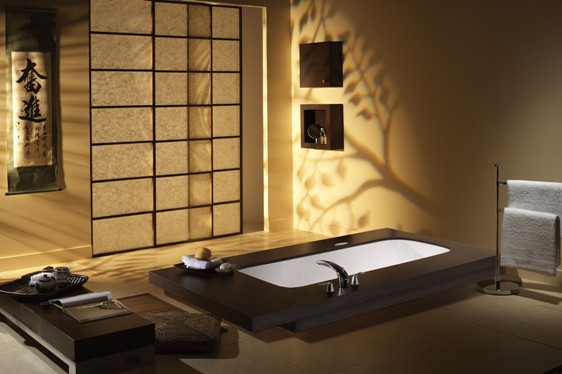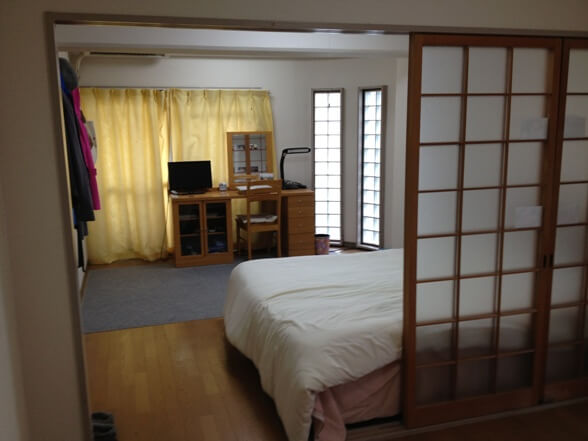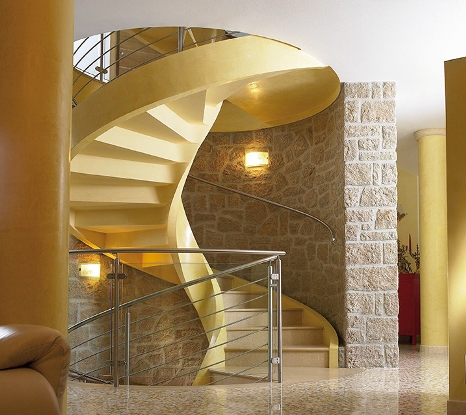It stretches where you want to dress your interior while transparent, it plays with light and colors to personalize your decoration. The Japanese panel has the chic to please us!

More curtain than furniture
In the beginning was the screen. Appeared in China, the screen was a section of wood covered with painting and with calligraphy. It became articulated, and began to place it where intimacy was required. The interior of the panels was soon replaced by silk panels, making the furniture light and delicate. The structure remained in noble wood like ebony or oak.
In the Japanese tradition, there are different types of screens for different occasions (tea ceremony, wedding, bedroom intimacy, etc.). The Japanese panel is not a piece of furniture; it is suspended from the ceiling. It is a very resistant woven strip, which can be subjected to many manipulations, and which is chosen to be occulting (it does not pass light), veiled, or even sieving to attenuate the light. Unlike a curtain, the fabric is perfectly taut (even weighted) and therefore does not form any folds. It is considered a mark of refinement.
For all your desires
The Japanese panel is used mainly as a curtain in front of picture windows, because it can be wide (up to 6 meters). But it can, in small width, stand in front of a wall to dress the latter with a suitable pattern. We also love to use Japanese panels to divide rooms in two separate areas (living room and dining room or dressing room), will be a solidarity sliding (moving a panel leads to the other). The Japanese panel can also be used alone in front of shelves or a dressing room to act as a sliding door in a lighter and sensual version. In this case, a version perfectly occulting will be privileged.

As for the materials, it vary from simple veil to stiffened fabric, through all the available fabrics (you can choose yours and make your custom panel). Perfect, subdued or hidden light, plain, flowery, patterned, Japanese panel meets necessarily your desires.
Installing a Japanese panel
Japanese panels can be fixed over a window or door or at the top of a wall, but more in general, it is in the ceiling that is fixing. This is a track on which the panel will slide to meet opening and closing needs. The advantage is that the track, once laid, can accommodate another panel than the original one, if you are required to change your decoration.
The track includes more or less channels, depending on the number of panels you choose. The panels will be sliding freely if you want to be able to move only one at a time (in front of a window, for example) or with solid sliding, the displacement of the first resulting in those following it (as in the case of the creation of an extra partition).
The panel is fixed to the track with clips or small hooks (or even with scratch) and is weighted at the bottom to ensure the rigidity of the fabric. A curtain launcher is associated with the panel, so that the traction is not too strong (in the long run, it would prematurely use the curtain), and to facilitate the sliding of the panel along the track. In front of a window, to avoid friction (especially with the handle), it will be necessary to install brackets to deport the fixing assembly.
The most important in the pose of the panels is to take very specific measures for the length of the track and to well anticipate the number of necessary tracks. To clean them, simply remove them and wash them according to the manufacturer’s advice.


